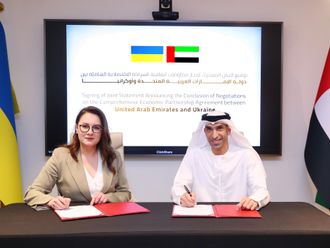The next banking crisis will possibly be in Iran. I would like here to throw in that a possible crisis could also take place in the US since there are now sub-prime products for car loans. I will keep that for a future article though.
Now back to Iran. What’s the deal?
Sanctions have been imposed on Iran for all sorts of reasons, all of which are legitimate. And sanctions basically limit financial and commercial transactions for that country as part of the United States’ worldwide dollar network. If banks do business with sanctioned individuals, companies, or that country (depending on the sanctioning level), then they get sanctioned or penalised.
Therefore, it is supposed to be commercially unviable for countries or commercial and financial entities to do business with that country, or any of its sanctioned individuals or entities. The reason I keep mentioning financial here is because of the connection to Iranian banks. What’s happening?
The advantage of not being sanctioned, which Iranian banks haven’t got a good feel of, is that you can borrow on international markets in US dollars (and other currencies if the respective countries have not sanctioned you). Being able to borrow internationally allows you to re-finance your long-term debt with short-term debt, or re-finance whatever that you want to refinance, theoretically speaking.
And so what Iranian banks have lost all those years is that specific access to international financial markets. As a result, there have been stuck in a vicious cycle of a limited supply of US dollars, and lending money to government entities that do not necessarily pay back or are wreaked by corruption (Iran ranks 131 out of 176 on transparency), and then a further tightening of liquidity.
Despite having sanctions imposed on it, Iran can still lawfully and unlawfully conduct business with countries and other entities. The lawful part allows it that limited access to US dollars and unlawful to gold, which can then be liquidated for cash. Below is a further discussion of those two points.
Because of the limited supply of US dollars, interest rates in Iranian banks are quite high — reportedly at 18 per cent in 2016. Iranian interest rates were at their lowest in 1979 — yes it’s that dreadful year. So here’s what’s happening.
Banks offer higher deposit rates to attract currency and then lends the money out at higher rates. This logically leads to defaults and for Iranian banks being stuck with what can be referred to as toxic assets, which were at 40-45 per cent according to official data. This is the result of acquiring lands and buildings from defaulting individuals or government and other entities.
That banking predicament limited funding access for the regular Iranian, empowering the lending role of what is referred to as credit and financial institutions (CFI) — cooperative institutions where people get to save money and the money gets lent out, making the savers some interest in the process — you may have a flashback here of an American financial crisis.
Most of those are unlicensed, and get merged into licensed banking institutions whenever they default. Mizan CFI got dissolved and its remaining assets and liabilities got transferred to Bank Saderat.
So to sum up, Iran’s banking issues are due to: 1. Sanctions — none or limited access to international financial markets and therefore restricted liquidity, 2. the role played by CFIs — and with that their toxic assets.
As of March 2017, Iranian non-performing loans (NPLs) stood at $33.9 billion. There is a major need for a bailout here. Since sanctions have not been fully lifted, banks are wary of doing business with Iran given the hefty penalties on all who did — think BNP Paribas’s $9 billion penalty in 2014 — further exacerbating Iran’s banking problem. The last question that I want to leave you with: where else can Iran get dollars from? (Hint: Interference in regional affairs).
The writer is a UAE-based economist.












